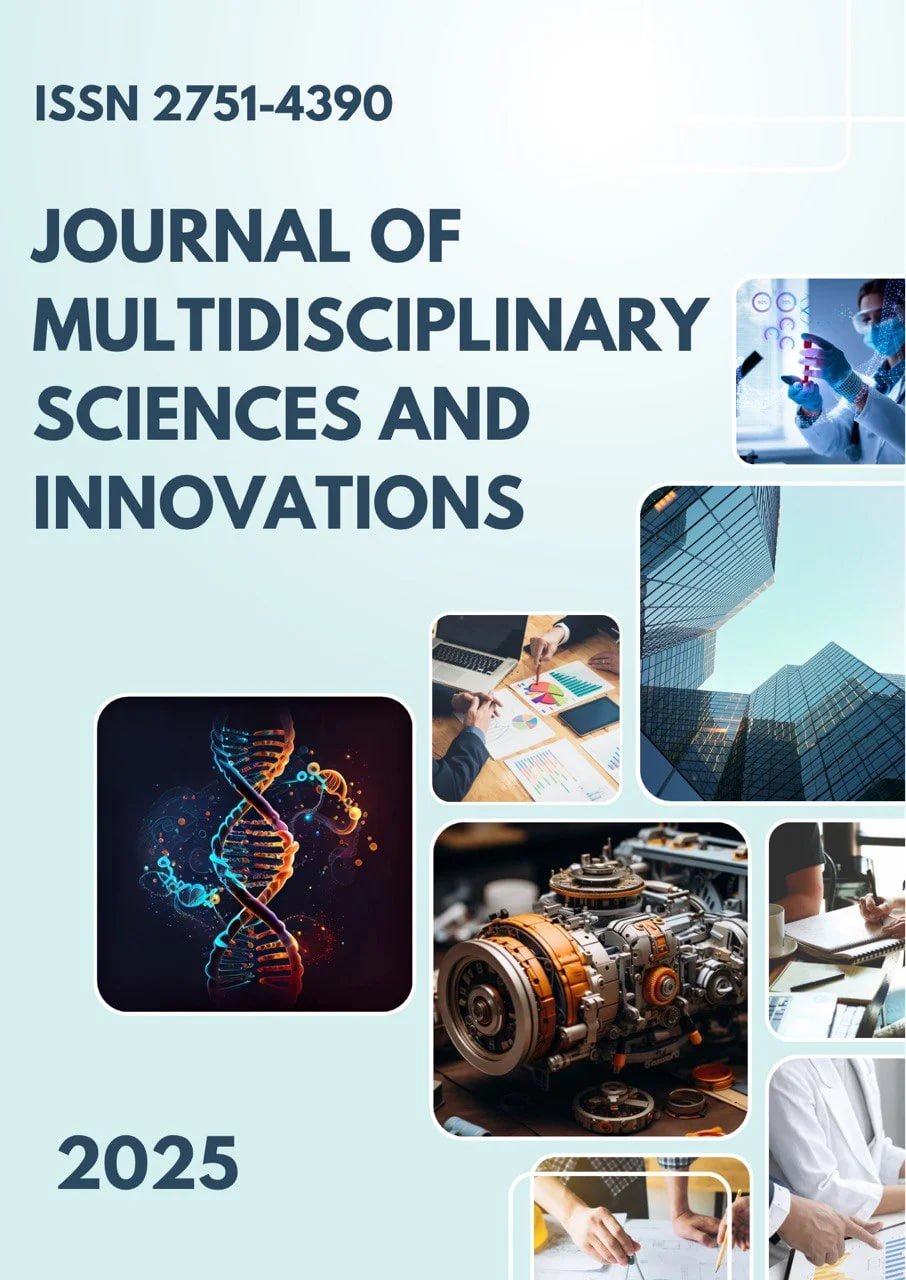YALANGTUSH BAKHODIR: THE POLITICAL, MILITARY AND CULTURAL LEGACY OF A SAMARKAND REFORMER
Main Article Content
Abstract
This paper explores the life and legacy of Yalangtush Bakhodir, one of the most prominent political and military figures in Uzbek history, who made a significant contribution to the architectural and cultural development of Samarkand in the 17th century. As a governor under the Ashtarkhanid dynasty, he played a critical role in restoring Samarkand’s historic significance through major construction projects, most notably the Sher-dar and Tillya-kari madrasahs. Yalangtush's initiatives helped transform Registan Square into a cohesive architectural ensemble and revitalized the city’s spiritual and educational centers. The study also sheds light on his political career, personal life, and contributions to science, education, and charity, marking him as one of the leading architects of Uzbekistan’s cultural heritage.
Downloads
Article Details
Section

This work is licensed under a Creative Commons Attribution 4.0 International License.
Authors retain the copyright of their manuscripts, and all Open Access articles are disseminated under the terms of the Creative Commons Attribution License 4.0 (CC-BY), which licenses unrestricted use, distribution, and reproduction in any medium, provided that the original work is appropriately cited. The use of general descriptive names, trade names, trademarks, and so forth in this publication, even if not specifically identified, does not imply that these names are not protected by the relevant laws and regulations.
How to Cite
References
1.Mahmud ibn Wali. Bahr al-asrar fi manaqib al-akhyar – ("The Sea of Secrets About the Bravery of Noble People").
2.Abu Takhir Khoja Samarkandi. Samariya – Historical account of Samarkand and its architectural heritage.
3.Kattayev, K. (Various Articles). Studies on Samarkand’s Development – Analysis of urban restoration through different eras.
4.Khasanov, Abdurakhim. "Cradle of Scholars", Tafakkur Journal – Details on Waqf (endowment) properties and educational infrastructure.
5.Ostroumov, N.P. (1914). Islamology, Turkestan Vision Magazine – Notes on student numbers and teachers in Sher-dar and Tillya-kari madrasahs.

